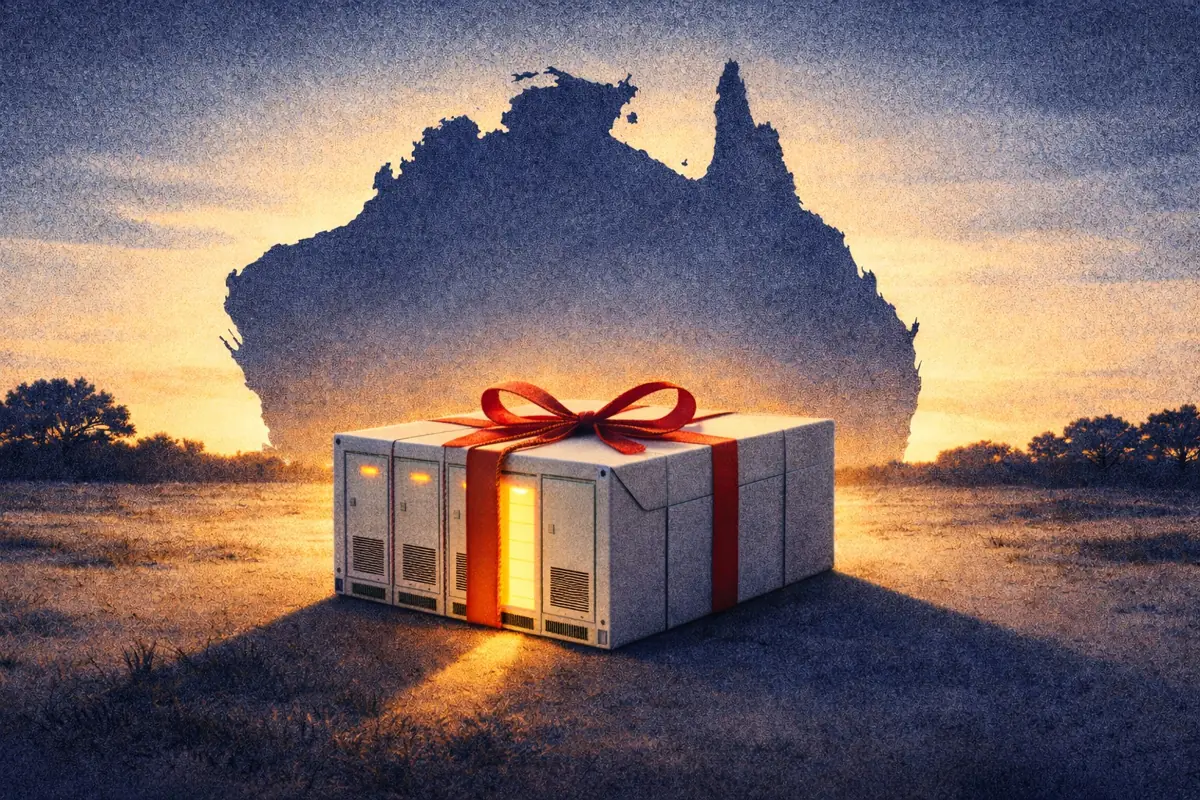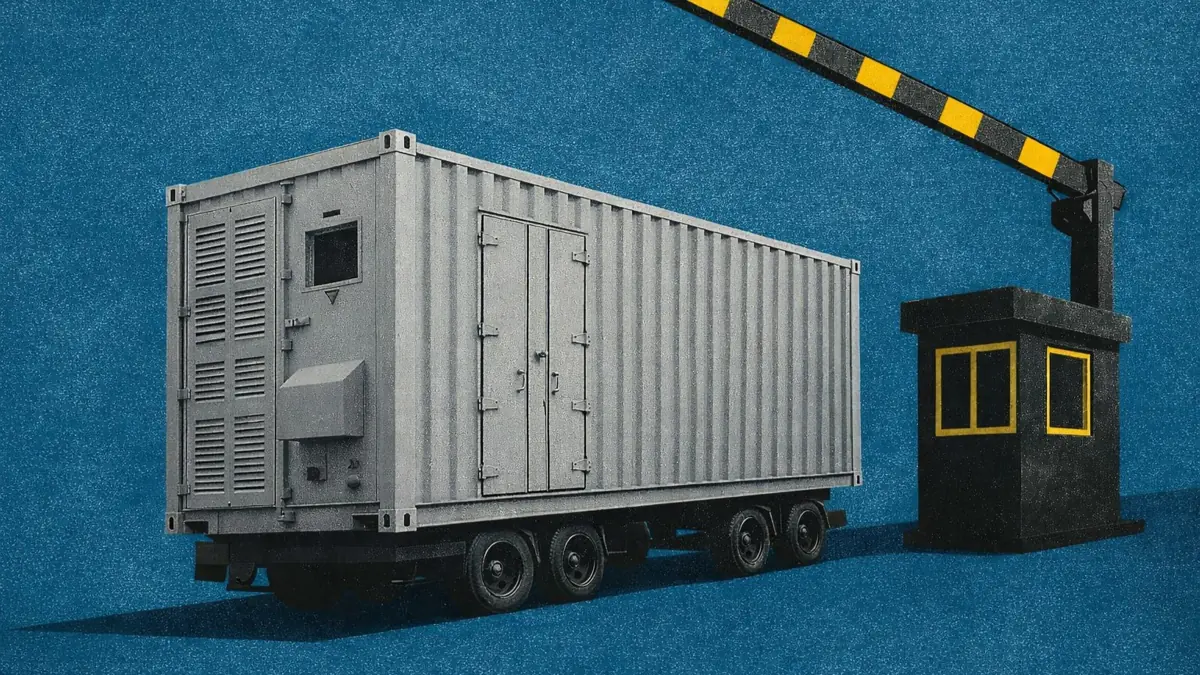The State of Energy Storage in ERCOT: Four Key Takeaways
Texas’ battery market is entering a new phase.
Get full access to Modo Energy Research
Already a subscriber?
Log in
Texas’ battery market is entering a new phase.
Already a subscriber?
Log in

6 days ago

6 days ago

6 days ago
Copyright© 2025 Modo Energy. All rights reserved